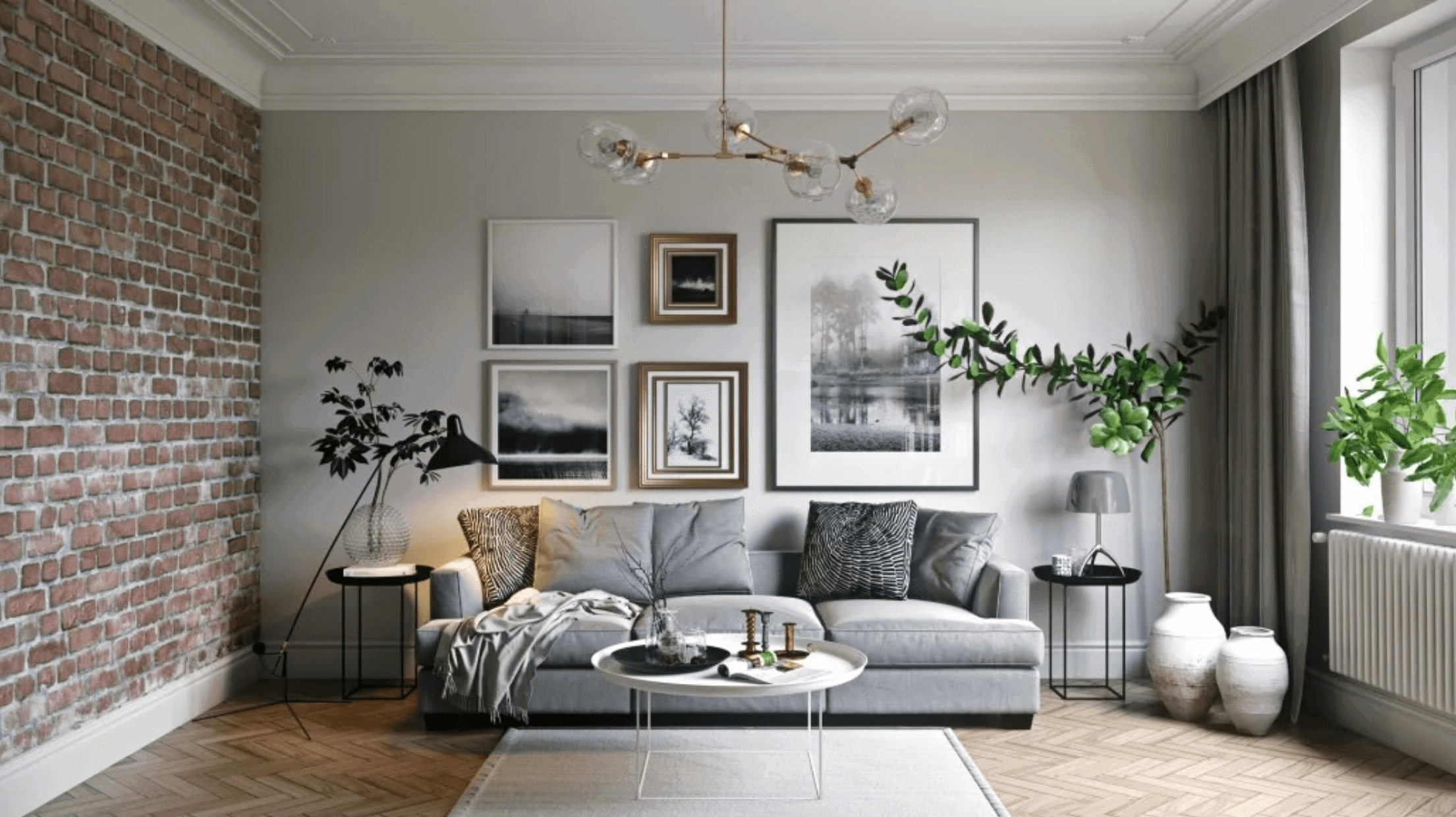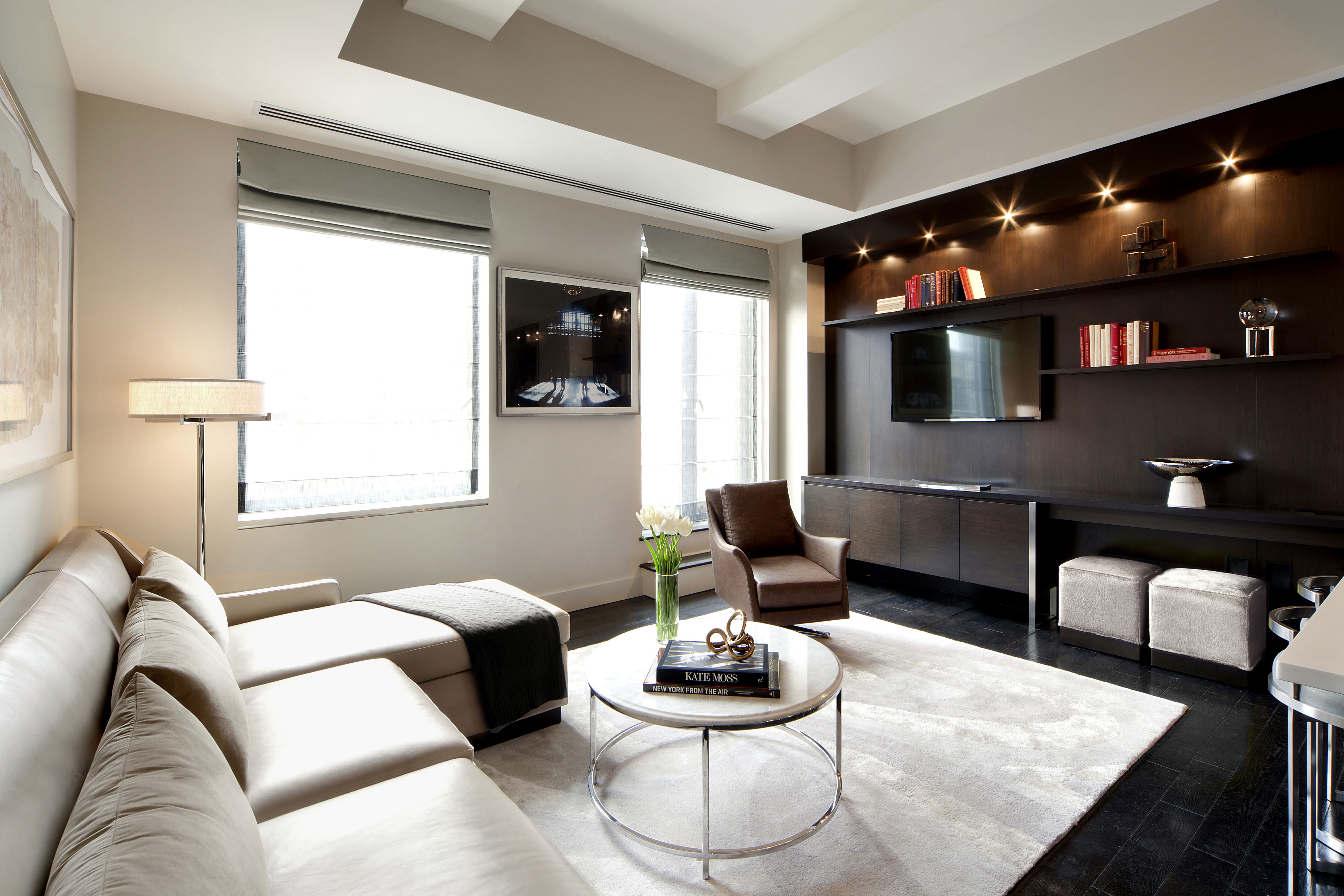Design Styles and Concepts

Best interior design for home – Interior design encompasses a myriad of styles and concepts, each with its own distinctive characteristics and elements. Understanding these styles and concepts empowers homeowners to create spaces that reflect their personal tastes and aspirations.
When it comes to interior design for homes, it’s essential to consider the unique characteristics of each space. For older homes, preserving the original charm while incorporating modern elements can create a harmonious blend. Old house interiors often feature intricate moldings, high ceilings, and hardwood floors that add character and warmth.
By carefully selecting furnishings and décor that complement these architectural details, homeowners can create a space that both respects the past and embraces the present.
The interplay of colors, textures, and forms is a fundamental aspect of interior design. Color theory provides a framework for harmoniously combining colors to achieve desired effects. Understanding the color wheel and its principles enables designers to create visually appealing and emotionally impactful spaces.
Incorporating Natural Elements and Sustainable Materials
Incorporating natural elements and sustainable materials into home interiors has gained increasing prominence in recent years. Natural elements, such as wood, stone, and plants, bring warmth and organic beauty to spaces. Sustainable materials, such as bamboo, recycled glass, and low-VOC paints, promote environmental consciousness and contribute to healthier indoor environments.
Space Planning and Functionality: Best Interior Design For Home

Space planning and functionality are crucial aspects of interior design that determine the comfort, efficiency, and overall appeal of a home. Optimizing space utilization and creating a functional floor plan are essential for maximizing the potential of any living space.
When planning the layout of a home, it is important to consider traffic flow and natural light. Traffic flow refers to the movement of people and objects within a space. A well-planned floor plan should allow for easy and efficient movement, minimizing congestion and maximizing accessibility.
Maximizing Storage and Clutter-Free Homes
Maximizing storage is essential for creating a clutter-free home. Built-in storage solutions, such as cabinets, shelves, and drawers, can be seamlessly integrated into the design, providing ample space for belongings while maintaining a clean and organized appearance.
Decluttering is also key to achieving a clutter-free home. Regularly sorting through possessions and discarding or donating items that are no longer needed can significantly reduce clutter and create a more spacious and inviting living environment.
Furnishing and Decor

Furnishing and decor play a crucial role in completing the interior design of a home, transforming it into a space that reflects the homeowner’s personality and lifestyle. By carefully selecting furniture, colors, patterns, textures, and lighting, you can create a cohesive and inviting atmosphere that enhances both the functionality and aesthetic appeal of your living space.
Furniture Selection
When selecting furniture, it is essential to consider both the overall design style and the functional needs of the space. For example, a minimalist living room might feature clean-lined sofas and chairs with neutral upholstery, while a traditional dining room might opt for a more ornate table and chairs with rich fabrics and carvings. It is also important to consider the size and scale of the furniture in relation to the room, ensuring that it is proportionate and does not overwhelm the space.
Color Scheme, Best interior design for home
Color plays a powerful role in setting the mood and atmosphere of a room. A cohesive color scheme can create a sense of unity and flow throughout the space. When selecting a color scheme, consider the overall design style, the natural light available, and the desired ambiance. Neutral colors, such as white, gray, and beige, provide a versatile backdrop that can be easily complemented with pops of color through accessories and artwork. Bold colors, such as red, blue, and green, can make a statement and create a more vibrant and energetic atmosphere.
Patterns and Textures
Patterns and textures add visual interest and depth to a room. They can be used to create contrast, highlight certain areas, or simply add a touch of personality. Patterns can be incorporated through fabrics, wallpaper, rugs, or even artwork. Textures can be added through the use of different materials, such as wood, metal, stone, or textiles. By combining patterns and textures, you can create a layered and visually appealing space.
Lighting
Lighting is an essential element of interior design, as it can be used to create different moods and atmospheres, as well as to highlight architectural features or focal points. Natural light should be maximized whenever possible, as it can create a bright and airy space. Artificial lighting can be used to supplement natural light or to create specific effects, such as ambiance or drama. Different types of lighting, such as ambient, task, and accent lighting, can be combined to create a well-rounded lighting scheme.
When it comes to home interior design, finding the right style can be overwhelming. For those seeking a timeless and elegant aesthetic, regency interior design offers a captivating blend of grandeur and comfort. Inspired by the Regency period in England, this style emphasizes clean lines, geometric patterns, and a sophisticated color palette.
By incorporating regency elements into your home, you can create a space that exudes both charm and sophistication, making it an ideal choice for those seeking the best interior design for their home.